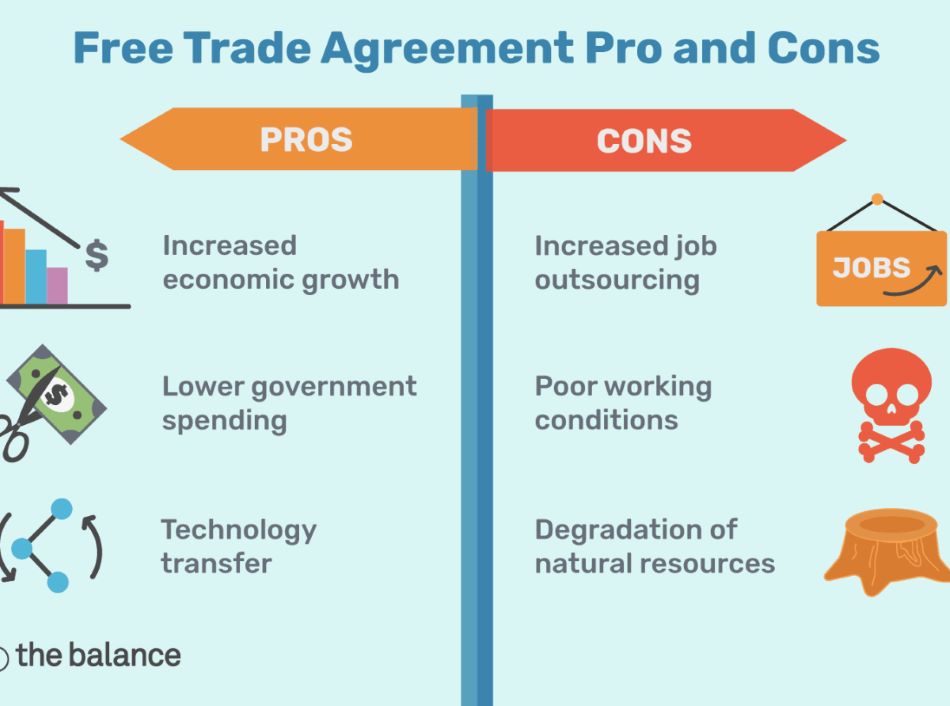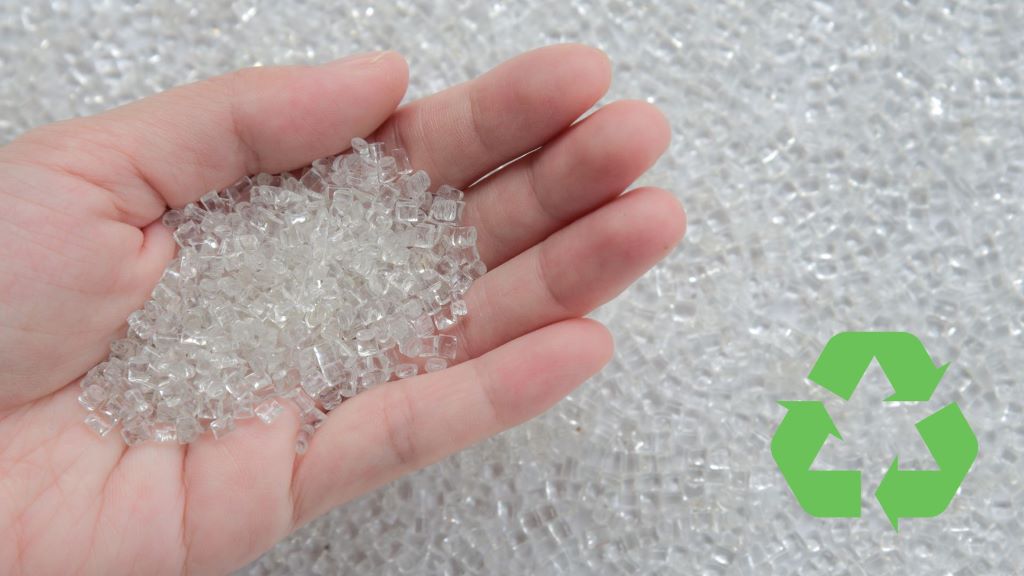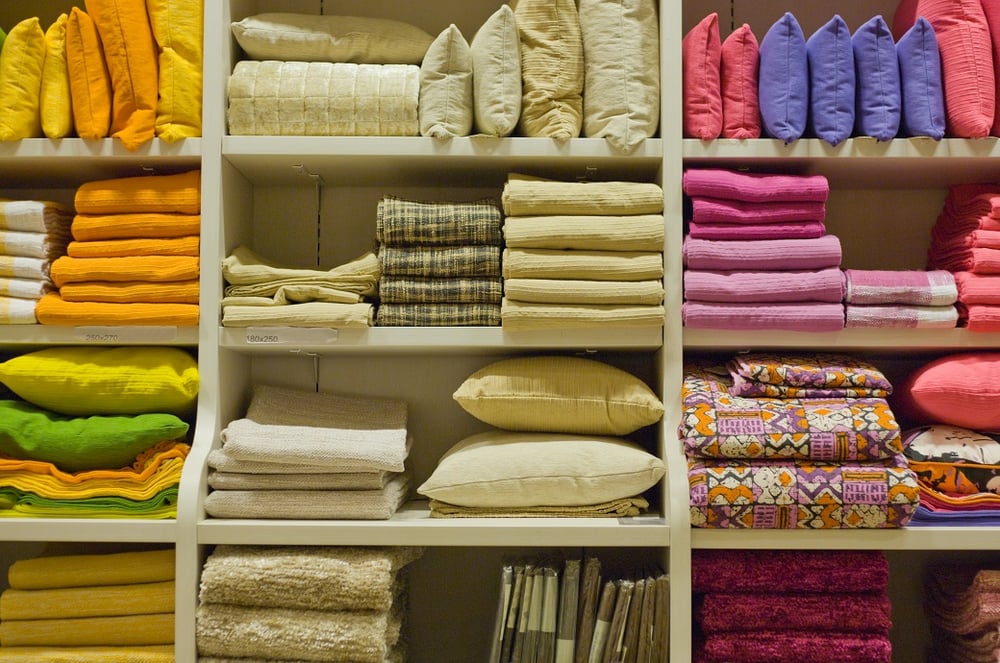
India's vibrant apparel industry, known for its intricate craftsmanship and dazzling patterns, stands at a crossroads. Free Trade Agreements (FTAs) with the UAE and Australia promise alluring export avenues, but beneath the surface, anxieties over heightened competition and domestic vulnerabilities simmer. Unraveling this complex tapestry demands a nuanced approach, acknowledging both the undeniable opportunities and potential pitfalls.
Booming High-Value Exports, Stalled Mass Production:
The 2019 UAE FTA proved transformative, with premium garment exports soaring 47% within the first year, fueled by a 50% tariff slash. A Deloitte report predicts a similar 30% boost for Australian high-value apparel with the AIECA. However, mass-produced garment exports haven't experienced the same growth, highlighting a need for differentiation strategies.
Vietnam: A Looming Threat:
Vietnam, leveraging FTAs and efficient production, casts a long shadow over India's dominance in mid-range and mass-produced segments. Dr. Anjali Sharma warns, "Without adapting, India risks losing market share." This underscores the need for focusing on innovation, niche segments, and value-addition to stand out in a crowded market.
Balancing Act: Domestic Market Concerns:
ICRIER studies suggest a potential 10% decline in domestic apparel production and 1.2 million job losses due to FTAs. Ms. Priyanka Singh emphasizes the need for balanced concessions that protect domestic players while maximizing export potential. Navigating this delicate tightrope walk presents a significant challenge for policymakers.
Weaving the Fabric of the Future:
To secure a vibrant future, experts propose a three-pronged approach:
1. Embracing High-Value Segments: India possesses a unique edge in intricate craftsmanship and premium materials. Capitalizing on this strength is crucial.
2. Investing in Skill Development and Technology: Enhancing efficiency and agility through skill development and technology adoption is key to competing with Vietnam.
3. Prioritizing Sustainability: The growing global demand for sustainable fashion presents a lucrative opportunity for India to tap into.
India's Renewed FTA Enthusiasm:
India, once a cautious player, has now signed 13 FTAs and 6 preferential agreements, reflecting a strategic shift. The CEPA with the UAE and ECTA with Australia are testaments to its global ambitions.
A Closer Look at Recent FTAs:
• UAE: A Gateway to Luxury: The 2019 FTA proved transformative, with premium garment exports soaring by 57% in 2022. Ajay Singh hails it as a "game-changer" that reduced trade barriers and boosted competitiveness.
• Australia: Down Under Opportunities and Challenges: The 2011 CECA presents mixed results. While high-value apparel exports increased by 12% in 2023, concerns linger about competition and stringent regulations. Dr. Aparna Mukherjee notes, "We need to address non-tariff barriers and invest in quality improvement to fully capitalize on the CECA."
The Double-Edged Sword of Competition:
FTAs with the UAE and Australia open doors, but also expose Indian exporters to fierce competition from Vietnam and Bangladesh in mid-range and mass-produced segments. Sunil Kumar cautions, "We need to focus on innovation, value-addition, and niche segments to differentiate ourselves."
Lessons Learned from Past FTAs:
Despite signing 13 FTAs, India faces challenges, with a trade deficit and low utilization (25%). Inadequate industry consultation, non-tariff barriers, and complex certification requirements hinder effective implementation.
A Fresh Approach Emerges:
Acknowledging these shortcomings, India is taking a fresh approach to FTAs, emphasizing:
1. Enhanced Industry Consultation: Ensuring industry concerns are addressed during negotiations.
2. Reducing Non-Tariff Barriers: Creating a level playing field for Indian exporters.
3. Creating Awareness among Exporters: Educating exporters about FTA benefits and navigating complex procedures.
The Road Ahead: Embracing Innovation and Opportunity:
As India embarks on this new chapter, the key lies in navigating the intricate threads of opportunity and challenge. By learning from past mistakes, prioritizing domestic interests, embracing innovation, and focusing on high-value segments, India can weave a vibrant future for its apparel industry, securing its place on the global stage.












